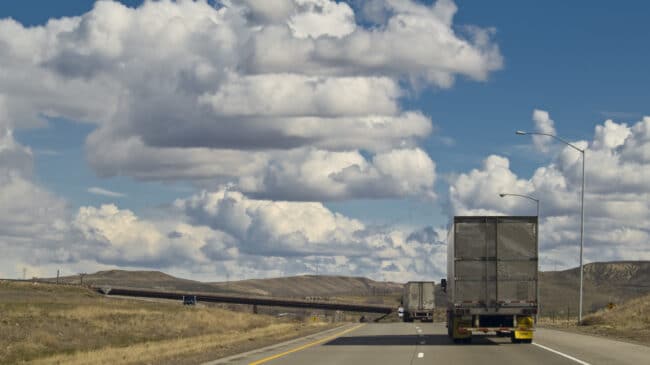Each year, an increasing percentage of U.S. Interstate highways reach the end of their design life and need to be rebuilt. Many of these highways also need to be widened to eliminate crippling traffic congestion growing in a post-COVID-19 world. And while rural Interstates have lower traffic counts, they may be more important than urban Interstates to the movement of freight.
The Interstate highway system moves people and goods across the world’s third-largest nation by geographic area, and much of the system lies in rural areas. And while traffic congestion might not be a major problem in Montana or Vermont, it is in Michigan and Virginia.
Despite federal programs allowing the use of tolling to rebuild Interstates, many state departments of transportation (DOTs) have been hesitant to participate in these pilot programs.
This policy brief examines the twin problems of dilapidated roadways and traffic congestion on rural Interstates. It examines the increase in truck traffic and automobile traffic and how vehicles wear out highways. It also addresses growing traffic congestion in rural areas and quantifies the magnitude of the problem on key corridors.
This brief then explains why the dominant conventional funding mechanism, the fuel tax, is ineffective and why increasing it is politically toxic. Accordingly, the brief explores the feasibility of tolling in these corridors and discusses how to implement tolling, providing details on some of the corridors that most need to be reconstructed.
Finally, the brief provides some next steps for rebuilding these corridors through tolling.
An increasing number of Interstates are reaching the end of their design lives and need to be rebuilt. Further, many rural Interstates are facing significant congestion. Using tolling to refinance the reconstruction of these highways is the most realistic option.
Unlike the fuel tax, tolling is immune from electric vehicles, hybrid vehicles, and more fuel-efficient vehicles powered by efficient internal combustion engines. Further, each of the four primary concerns relating to tolling (toll roads as cash cows, high cost of collection, no value added, and double taxation) can be properly addressed. State policymakers need to address rebuilding the Interstate highway network, which is essential to economic vitality. Tolling provides the most realistic option.

